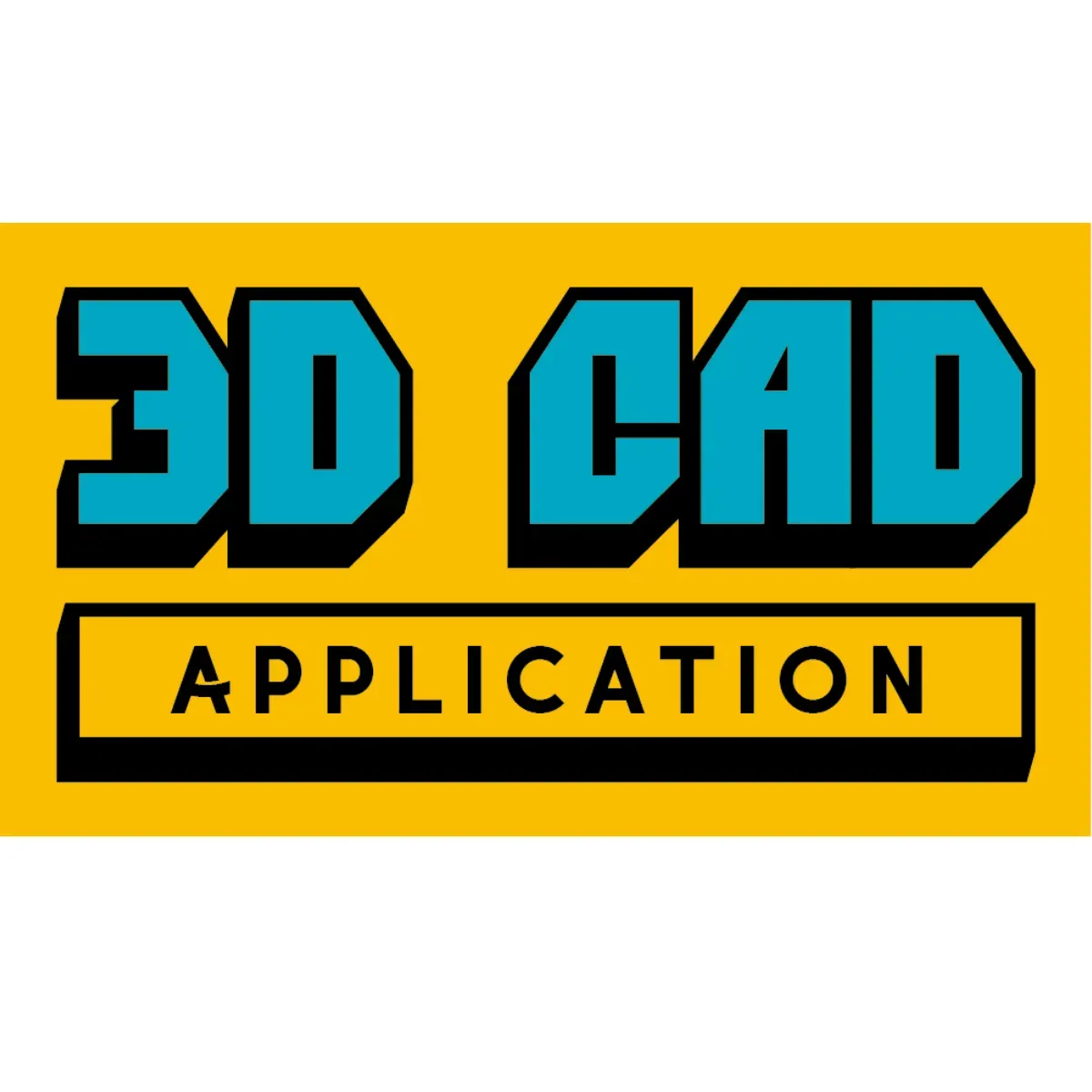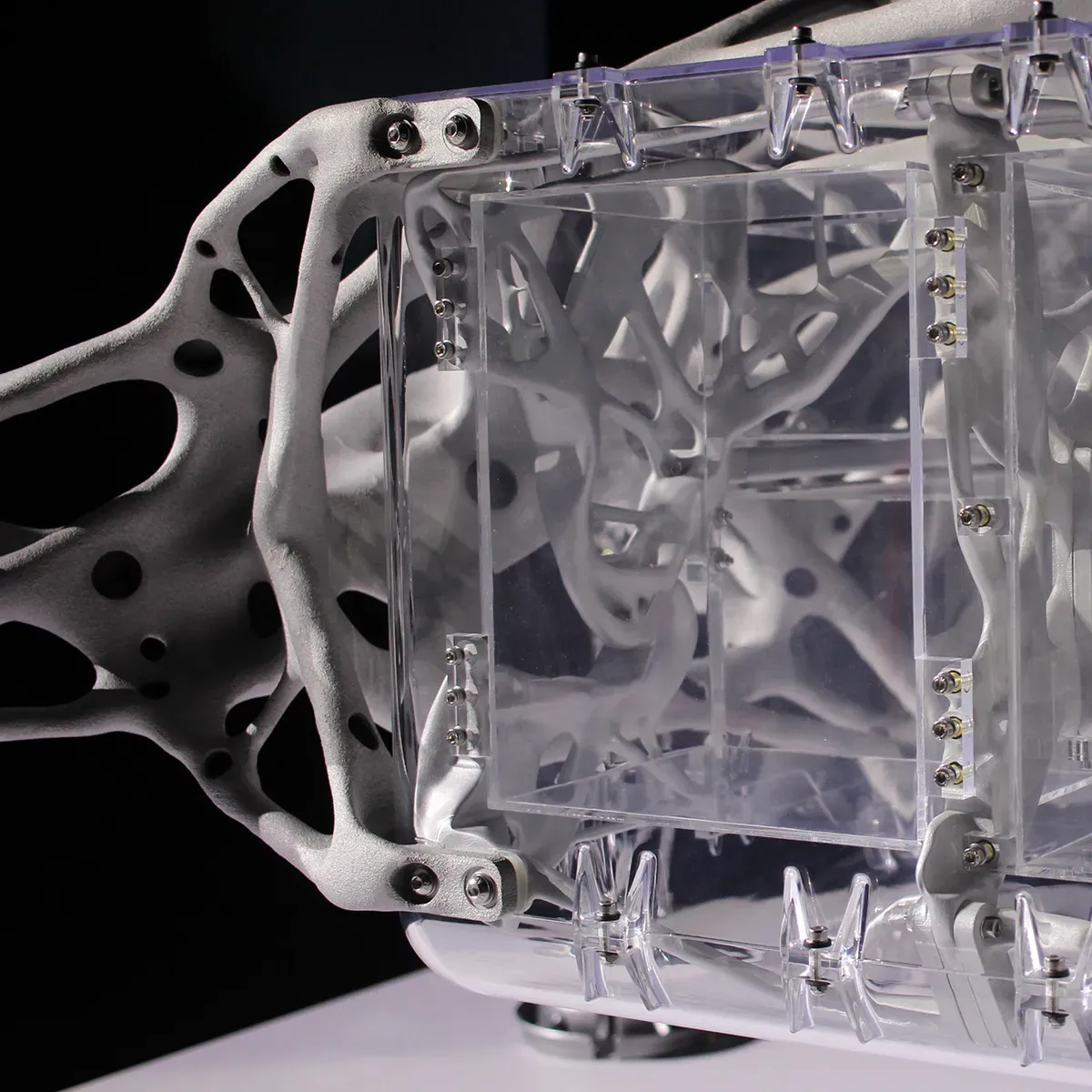
Siemens Solid Edge Training & Certification - Part 2 - 2021

Gain the skills and knowledge needed to become a certified Solid Edge Associate with Siemens' revised 2021 training and certification program. Validate your skills in days and take the next step in your career.▼
Course Feature
![]() Cost:
Cost:
Free
![]() Provider:
Provider:
Udemy
![]() Certificate:
Certificate:
No Information
![]() Language:
Language:
English
![]() Start Date:
Start Date:
Course Overview
❗The content presented here is sourced directly from Udemy platform. For comprehensive course details, including enrollment information, simply click on the 'Go to class' link on our website.
Updated in [March 06th, 2023]
This Siemens Solid Edge Training & Certification - Part 2 - 2021 course provides users with the opportunity to demonstrate their CAD skills and gain certification in Solid Edge. Upon successful completion of the certification test, users will receive a certificate of accomplishment, signed by SIEMENS PLM Solutions, and the right to use the Solid Edge Certified Professional logo. This course is an excellent way to add Solid Edge 3D modeling as a skillset to your resume.
[Applications]
After completing the Siemens Solid Edge Training & Certification - Part 2 - 2021 course, users can apply their newly acquired CAD skills to confidently use Solid Edge. They can also add Solid Edge 3D modeling to their resume, and proudly display the certificate of accomplishment, signed by SIEMENS PLM Solutions, as evidence of their certification. Additionally, users can use the Solid Edge Certified Professional logo to demonstrate their expertise in the field.
[Career Paths]
1. Mechanical Engineer: Mechanical engineers design, develop, build, and test mechanical and thermal sensors and devices, including tools, engines, and machines. They use Solid Edge to create 3D models of their designs and to simulate the performance of their designs. With the increasing demand for more efficient and cost-effective products, mechanical engineers are in high demand and the use of Solid Edge is becoming increasingly important.
2. Industrial Designer: Industrial designers use Solid Edge to create 3D models of products and to simulate the performance of their designs. They use the software to create prototypes and to test the performance of their designs. With the increasing demand for more efficient and cost-effective products, industrial designers are in high demand and the use of Solid Edge is becoming increasingly important.
3. Automation Engineer: Automation engineers use Solid Edge to create 3D models of automated systems and to simulate the performance of their designs. They use the software to create prototypes and to test the performance of their designs. With the increasing demand for more efficient and cost-effective automated systems, automation engineers are in high demand and the use of Solid Edge is becoming increasingly important.
4. Product Design Engineer: Product design engineers use Solid Edge to create 3D models of products and to simulate the performance of their designs. They use the software to create prototypes and to test the performance of their designs. With the increasing demand for more efficient and cost-effective products, product design engineers are in high demand and the use of Solid Edge is becoming increasingly important.
[Education Paths]
1. Bachelor of Science in Mechanical Engineering: This degree path provides students with a comprehensive understanding of mechanical engineering principles and practices. Students learn how to design, analyze, and manufacture mechanical components and systems. Additionally, they gain knowledge in the areas of materials science, thermodynamics, and fluid mechanics. This degree path is ideal for those interested in pursuing a career in the automotive, aerospace, or manufacturing industries.
2. Master of Science in Computer Aided Design: This degree path focuses on the use of computer-aided design (CAD) software to create 3D models and drawings. Students learn how to use CAD software to create detailed designs, analyze data, and simulate real-world scenarios. This degree path is ideal for those interested in pursuing a career in the engineering, architecture, or manufacturing industries.
3. Master of Science in Robotics: This degree path focuses on the design, development, and implementation of robotic systems. Students learn how to design and program robots to perform specific tasks, as well as how to integrate robotic systems into existing production processes. This degree path is ideal for those interested in pursuing a career in the robotics, automation, or manufacturing industries.
4. Master of Science in Artificial Intelligence: This degree path focuses on the development of artificial intelligence (AI) systems. Students learn how to design and program AI systems to solve complex problems, as well as how to integrate AI into existing systems. This degree path is ideal for those interested in pursuing a career in the AI, machine learning, or data science industries.
Pros & Cons
-

Learn different types of design efficiently.
-

Preferred CAD software.
-

Design things never imagined.
-

Good clear instructions.
-

Good set of info.
-

Pass Certification test.
-

Free.
-

Missing files.
-

Unable to find sample modelling files.
Course Provider





